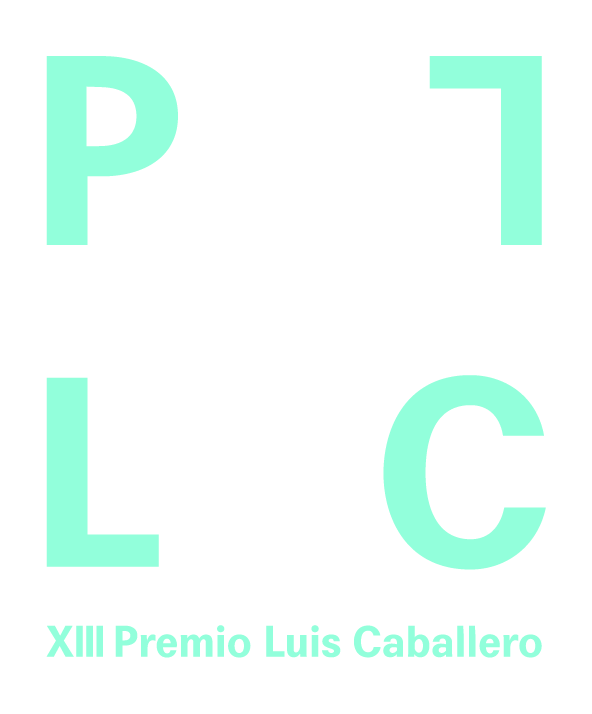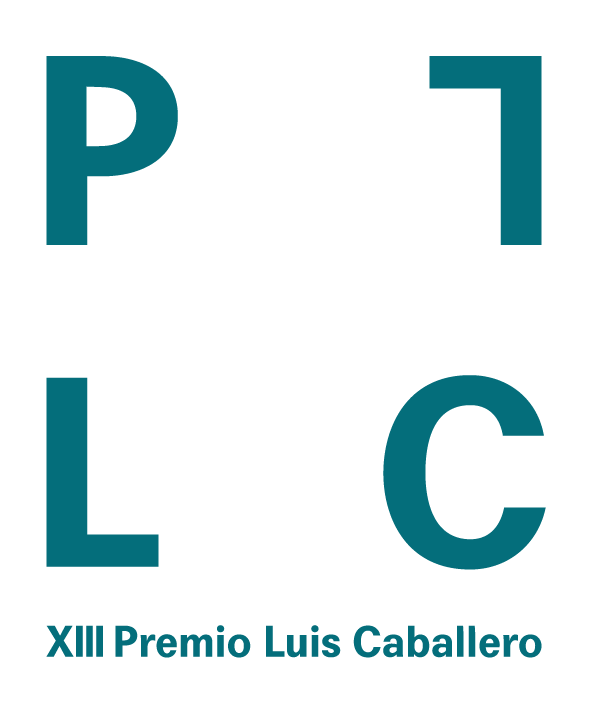
“We look at the world once, in childhood. The rest is memory.”
— Nostos, Louise Glück (1996)
Destiny weaves our lives together through events that often seem remote. Their impact runs so deep that their echoes transcend both time and space. For artists Azul and Lindy Márquez, the Armero catastrophe has meant everything: life and death, memory and oblivion, journey and destination. The eruption of the Nevado del Ruiz volcano marked a kind of premature birth for them, despite being miles away. This synchronicity turned their childhood into a shared territory, not only between the two of them but also with the stories of those who perished there, and of those who were reborn through survival.
1985 was no ordinary year for Colombia. The decisions made then—and their consequences—still shape our present. To look at this painful past with an affective and effective regard calls for silence and a sensitivity that can only arise from collective commitment and empathy, allowing us to understand that the tragedy was not only Armero’s, but the country’s. It happened to all of us. That is another form of solidarity—the very challenge posed by the project Ningún lugar a donde ir. Within it, rather than adopting a critical or disenchanted stance toward a traumatic memory that continues to affect the present, we are asked to look with innocent eyes—to return to a childlike state—in order to build a bridge between personal memory and the memories of others, where it becomes possible to connect with the missing children of Armero and, perhaps by extension—in an infinite constellation—to begin healing the wounds we carry as a nation.
In the autobiographical ethnofiction Children (Niños), the artists revisit their own childhoods while invoking the childhoods of others, layering personal memories with the remains of tragedy: loss, searching, resistance. In doing so, they conjure new possible memories, far from simplistic interpretations of our complex reality.
The classic arc of children’s stories, beginning, middle and end, finds renewed resonance in Calls of Infinity (Llamados de infinitud). Here, the constellation first glimpsed in Children (Niños) unfolds into a vast community, where individuality merges with the infinite, poised between earth and sky, between volcano and stars. We are no longer mere observers; we are drawn into the tale itself, our bodies invited to traverse the waters from which, like echoes, the children of memory arise. The bridge becomes our will: an inner passage linking us to the absent, spanning the currents of time.
Ningún lugar a donde ir reaches its full expression in the video installation Fe (Faith), where an act of evocation, of the site of tragedy, of wounded memory, unfolds a renewed horizon before us. Through compassion and attentive presence, pain is transformed; memory awakens not merely to recall, but to heal. The art of the immediate future will be that which dares to immerse itself fully. And though that future may remain uncertain, we must still cross the bridge. This is faith.
Camilo Castaño Uribe
Artist and Curator
Credits and Acknowledgments
Gabriel Botero Serna
Daniela Henao Cadavid
Julián Pedraza Giraldo
Johan Gil Valderrama
Daniela Serna Gallego
Julián Serna Gallego
Margarita Pineda Arias
Gabriel Gallón Hoyos
Alejandro Forero Orrego
Carlos Andrés Muñoz Pertuz
Juan Camilo Castaño Uribe
Isabel Bernal Restrepo
Juan Carlos Botero Serna
Fabián Mahecha Arévalo
Maru López

